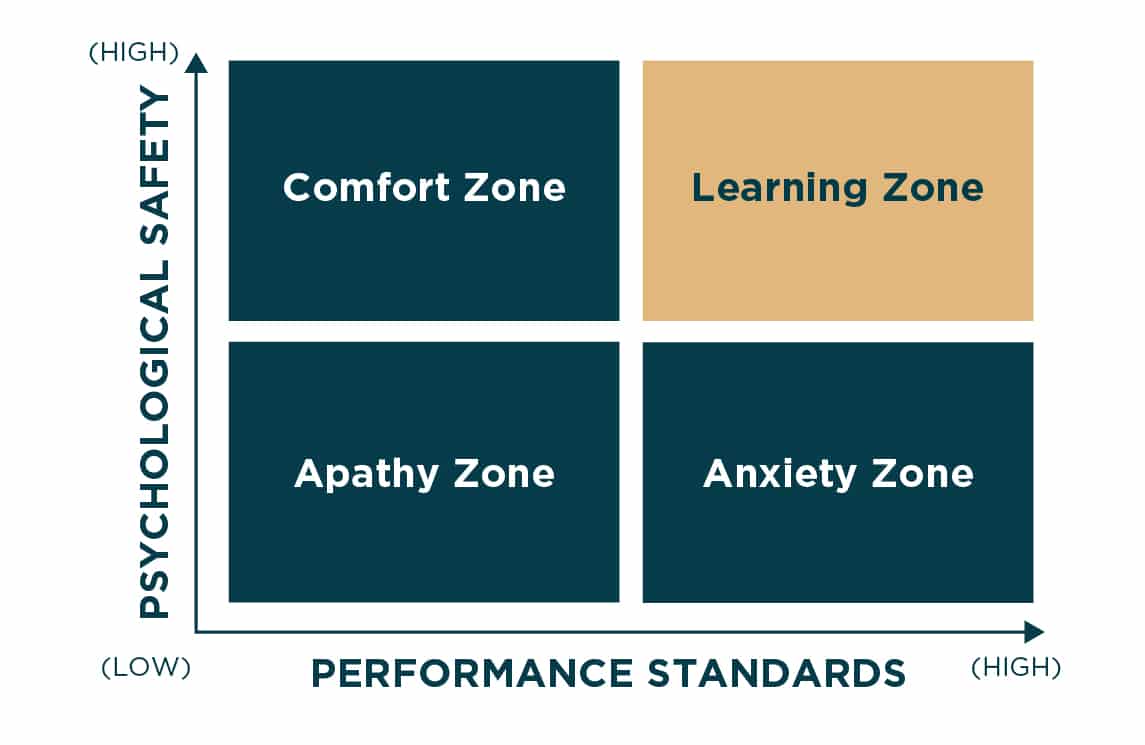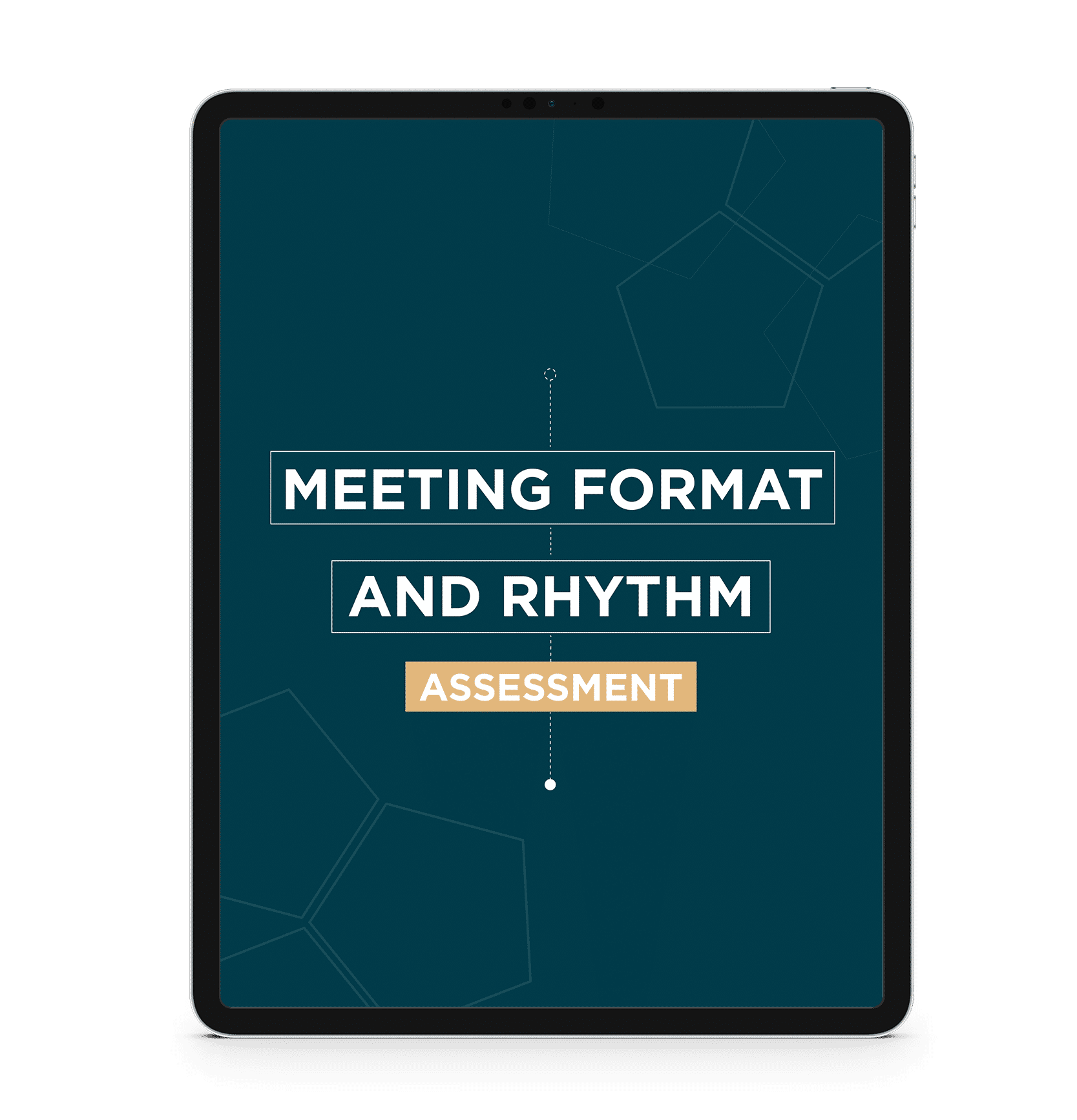How Christian Executives Can Lead Productive Meetings
Poorly facilitated meetings have created a subculture of cynics with a language all their own: “Death by PowerPoint” and “This meeting could have been an email” are some of the most popular expressions. The problem is not exclusive to work-from-home scenarios and the recent surge of virtual meetings; team members have long been frustrated when meetings feel unfocused and unproductive.
God’s deliberate and ordered nature is revealed throughout the Bible. In the Old Testament, He initiates specific feasts and festivals for prescribed times, each with its own focused agenda. In the New Testament, Paul instructs the Corinthians that order and intentionality are critical for their worship because God is not a God of confusion (1 Cor. 14:33, 40). As a God of order, His meetings would reflect His character, and He wants ours to do the same.
God created us to think in orderly ways, to “reason together,” and to consider all aspects of a matter. Meetings are a primary forum to accomplish these tasks in our businesses, but sometimes, they lack the basic structure necessary to achieve their intended purposes. (See this HBR article titled, “Stop the Meeting Madness.”) When meetings are run well, however, they provide for real-time communication, problem-solving, decision-making, and forward planning—the lifeblood of our organizations.
Meetings do not have to be a “necessary evil” or fodder for office sarcasm. We can change the narrative if we are willing to evaluate and reinvent our meeting disciplines to better suit our company needs. Imagine a work culture where our teams actually look forward to meetings because the results are both meaningful and measurable!
The Financial Impact
Effective meetings are critical to improving company performance. In poorly organized meetings, it is not only people who suffer; the bottom line does too.
In a 2019 report, Doodle analyzed over 19 million 2019 meetings, uncovering poorly organized meetings cost US companies $399 billion.
In this same study, participants cited negative outcomes resulting from poorly organized meetings:
– Not enough time to do the rest of their work (44%)
– Unclear actions leading to confusion (43%)
– A loss of focus on projects (38%)
– Irrelevant attendees slowed meeting progress (31%)
What is the cost to your company for a year of poorly organized meetings?
Proactive leaders search for methods to improve team performance and eliminate waste. Whether our company meetings are in person, virtual, or hybrid, helpful guidelines can maximize productivity. Let’s look at best practices for three key meeting types in which many companies may struggle to find purpose and productivity.
Right People, Right Expectations, Right Outcomes
Effective ideation unlocks team creativity and problem solving, often in unexpected ways. “Innovation” or “brainstorm” meetings accomplish more than sharing information; they leverage the insight of the participants to 1) bring innovative ideas to the table, 2) discuss potential outcomes, and 3) create clear action steps. Critical to an effective innovation meeting is inviting the right people. If an individual is not in a position to leverage innovative solutions—or is not gifted in outside-the-box thinking, he or she should be excluded.
Before you distribute the invitation to an innovation meeting, think through your strategy. Inviting the creative minds exclusively might limit your potential to maximize execution. Google Ventures popularized the “sprint concept” for brainstorm meetings, where the team gathers for an intense, short meeting to solve significant challenges, create new products, or improve existing ones. The key to success rests in inviting a mix of team members spanning various departments: design, finance, technology, marketing, sales, etc. With multiple stakeholders thinking in parallel pathways, decisions can be made quickly, ensuring key considerations have been covered.
Patrick Lencioni, author of Death by Meeting, believes the key to making meetings more engaging lies in identifying and nurturing productive levels of conflict. The essence of the Buffalo Culture, adopted by C12, is that by leaning into challenging issues and fighting for excellence, a high level of engagement and healthy conflict can produce positive outcomes. (Learn more about a Buffalo Culture and if you are a Buffalo Leader.)
Healthy conflict can forge some of the best ideas. Meetings are not a forum to “hold court,” presenting ideas without welcoming feedback. In innovative organizations, the best ideas always win, no matter who they come from, and these ideas improve exponentially when they are born and developed in collaboration.

We can cultivate psychologically safe environments that result in increased collaboration by:
– Inviting engagement and dissent
– Modeling humility and candor
– Asking good questions
– Responding with empathy
(Hear how Amy Edmondson guided leaders on cultivating workplace psychological safety with this matrix at the 2020 Global Leadership Summit.)
The Importance of Intentionality
Meetings come in many other forms: strategic planning, project kick-offs, daily or weekly huddles (or scrums), team building, and after-actions (or post-mortems). Patrick Lencioni identifies “leading great meetings” as one of the five critical tasks (and common omissions) for leaders. With a defined purpose and agenda, each of our gatherings should increase alignment, communication, and productivity. Effectiveness is increased when meetings are facilitated by an owner, include necessary participants, and follow specific guidelines.
We must guard against days feeling busy but not productive and evaluate the effectiveness of whatever meeting types are on our calendars. Imagine the measurable results possible if our teams committed to making the most of time together and solid meeting guidelines.
Assess the effectiveness of each of the meetings that your team holds by completing the provided assessment with your leadership team. Evaluating format, rhythms, and value will expose gaps or areas of weakness to address together, improving meeting effectiveness and team alignment.
With your team, answer:
What do you consider the most valuable meeting we hold?
What about the least valuable?
What actions do we need to take to establish increased accountability, structure, focus, alignment, or productivity?
March 26, 2021






